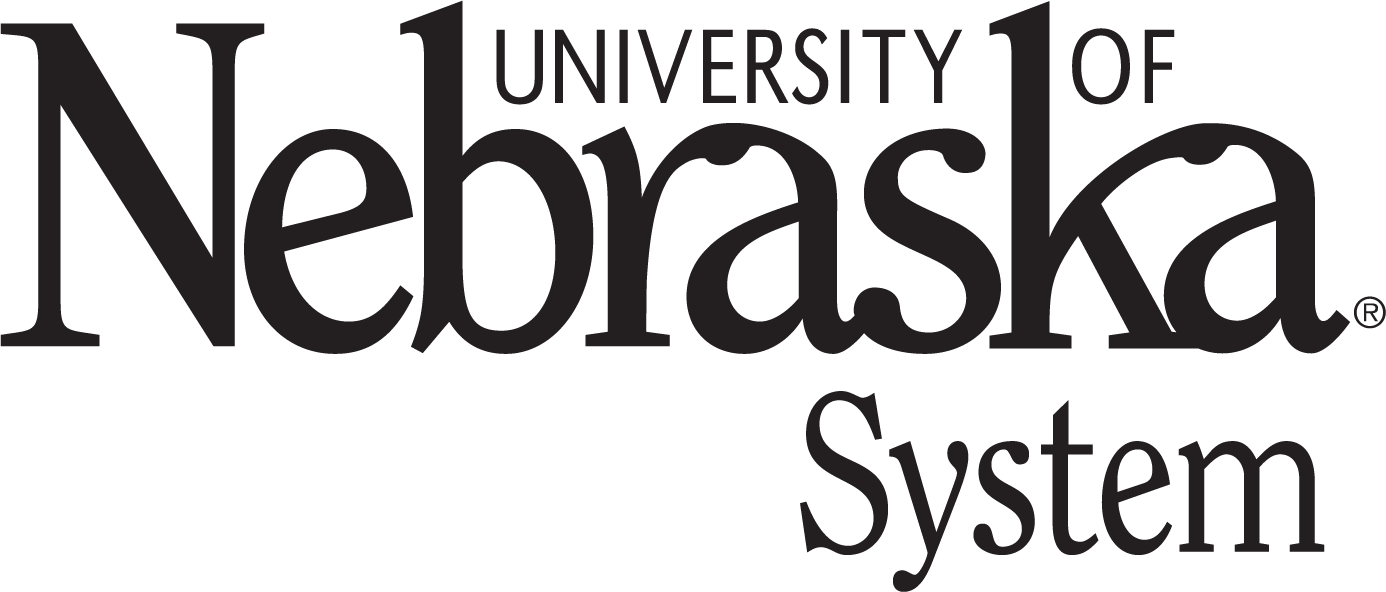48 EB-3 Visa Process: A Step-by-Step Guide to U.S. Employment-Based Immigration
The EB-3 visa is a third-preference employment-based immigrant visa that allows skilled workers, professionals, and other workers to obtain lawful permanent residence (Green Card) in the United States. This visa is an excellent option for foreign workers who wish to move to the U.S. permanently and work for an employer who is willing to sponsor them. In this article, we will provide a comprehensive step-by-step guide to the EB-3 visa process, eligibility requirements, application procedure, and expected processing times.

Understanding the EB-3 Visa Categories
The EB-3 visa is divided into three subcategories:
- Skilled Workers: Applicants must have at least two years of job experience or training. The position must not be temporary or seasonal.
- Professionals: Applicants must have at least a U.S. bachelor’s degree or a foreign equivalent. The degree must be required for the position offered.
- Other Workers (Unskilled Workers): These applicants perform unskilled labor (requiring less than two years of training or experience) that is not temporary or seasonal. This category generally has longer wait times due to high demand.
Step-by-Step EB-3 Visa Application Process
Step 1: Employer’s Labor Certification (PERM Process)
Before applying for an EB-3 visa, the U.S. employer must obtain a Permanent Labor Certification (PERM) from the U.S. Department of Labor (DOL). This certification ensures that hiring a foreign worker will not adversely affect U.S. workers’ wages and working conditions. The PERM process includes:
- Conducting recruitment efforts to test the U.S. labor market.
- Filing an ETA Form 9089 with the DOL.
- Awaiting DOL approval, which can take several months.
Step 2: Filing Form I-140 (Immigrant Petition for Alien Worker)
Once the labor certification is approved, the employer must file Form I-140 with the U.S. Citizenship and Immigration Services (USCIS). The employer must demonstrate that they have the financial ability to pay the offered wage. USCIS processing times vary but typically range from a few months to over a year.
Step 3: Priority Date and Visa Bulletin
Each EB-3 applicant receives a priority date based on the date the labor certification was filed. The U.S. Department of State publishes a monthly Visa Bulletin that determines when applicants can proceed with the final stage of their application. Depending on the applicant’s country of origin, the waiting period for visa availability may vary.
Step 4: Filing Form DS-260 or I-485 (Consular Processing vs. Adjustment of Status)
Once the priority date becomes current, applicants must complete one of the following processes:
- Consular Processing (Form DS-260): If the applicant is outside the U.S., they must submit Form DS-260 and attend an interview at a U.S. embassy or consulate in their home country.
- Adjustment of Status (Form I-485): If the applicant is already in the U.S. under a valid nonimmigrant status, they can file Form I-485 to adjust their status to that of a permanent resident.
Step 5: Medical Examination and Biometrics Appointment
Applicants are required to undergo a medical examination by a USCIS-approved physician. They will also be scheduled for a biometrics appointment where fingerprints and photographs are taken for background checks.
Step 6: Visa Interview and Final Decision
If applying through consular processing, the applicant must attend a visa interview at a U.S. consulate. The consular officer will review the case and determine whether to approve or deny the visa. If applying for an adjustment of status, USCIS may schedule an interview before making a final decision.
Step 7: Receiving the Green Card
If the application is approved, the applicant will receive their visa (if applying abroad) or a Green Card in the mail (if applying from within the U.S.). The Green Card grants permanent residency, allowing the individual to live and work in the U.S. permanently.
Processing Time for the EB-3 Visa
The total processing time for an EB-3 visa varies based on several factors, including:
- The time taken for PERM Labor Certification (6 months to 1 year or more).
- USCIS processing times for Form I-140 (6 months to 1 year, or faster with premium processing).
- Visa availability based on the applicant’s priority date (can range from a few months to several years, depending on country quotas).
- Consular processing or adjustment of status (3 to 12 months).
Costs Associated with the EB-3 Visa
The EB-3 visa process includes various fees, such as:
- PERM Labor Certification Costs: Paid by the employer (varies).
- I-140 Filing Fee: $700.
- Premium Processing (Optional): $2,805 (for faster processing of Form I-140).
- DS-260 Fee (Consular Processing): $325.
- I-485 Filing Fee (Adjustment of Status): $1,140 (plus an $85 biometrics fee for applicants aged 14-78).
- Medical Examination Fee: Varies by country and physician.
Challenges and Considerations
While the EB-3 visa provides a pathway to U.S. permanent residency, applicants should be aware of potential challenges:
- Long waiting times for visa availability, especially for workers from high-demand countries like India and China.
- Employers must meet strict financial and recruitment requirements.
- Immigration laws and policies may change, affecting processing times and eligibility criteria.
Conclusion
The EB-3 visa is an excellent option for foreign nationals seeking permanent employment in the United States. However, the process requires patience and careful planning. Working with an experienced immigration attorney can help navigate the complexities of labor certification, petition filing, and visa processing. By following the steps outlined in this guide, prospective applicants can improve their chances of successfully obtaining an EB-3 visa and achieving their American dream.
